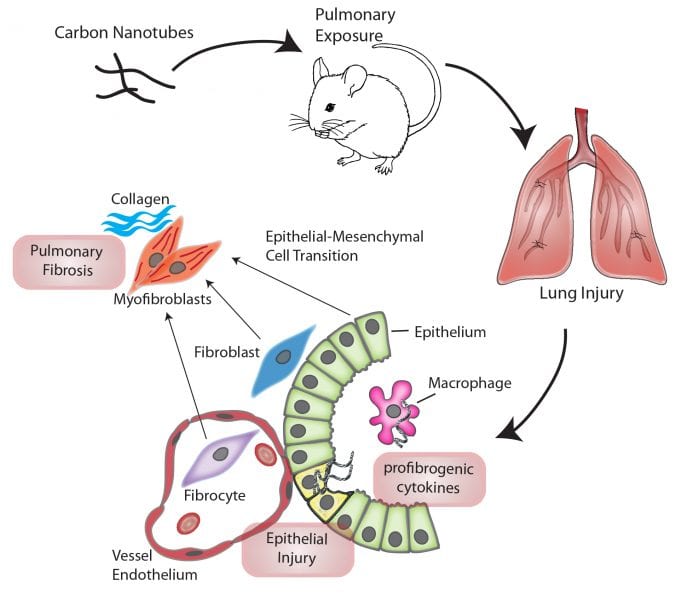Nanocarriers can be precision-engineered to capitalize on what is known about receptor expression patterns, receptor clustering, and ultimately how interactions between a nanocarrier and target can be manipulated to achieve the most effective downstream signaling events.




















